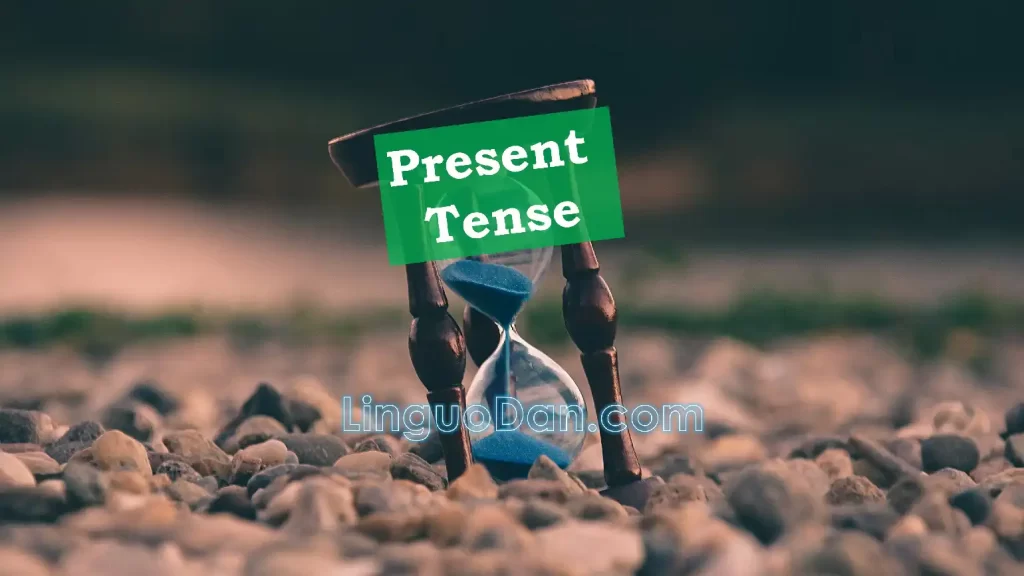Practice and grammar of the present tense in English

An overview of present tense grammar in English
The English language, like any other, has its own peculiarities, in particular regarding the use of tenses. One of the basic constructions is the present tense, which includes Present Simple, Present Continuous, Present Perfect, and Present Perfect Continuous. Let’s look at the basic rules of these times.
Let’s take a detailed look at the basic grammar that is needed for beginners (it does not include all verb tenses, such as the Present Perfect Continuous, which is a more complex tense and is studied at higher levels of English):
Present Simple:
Used to indicate ongoing actions, facts, habits, or states.
When forming questions or negative forms, the auxiliary verb “do/does” is used.
Verbs with the third person singular (he, she, it) take the ending “-s” or “-es”.
Examples:
- “I read a book every evening.”
- “Does he like apples?”
- “She doesn’t eat meat.”
Present Continuous:
Used to indicate current actions, temporary states, etc.
Is formed using the auxiliary verb “be” (am/is/are) + verb + “-ing”.
Examples:
- “I am reading a book right now.”
- “He is not watching TV right now.”
- “Are they playing football?”
Present Perfect:
Is used for actions that happened in the past but are important to the current moment.
Is formed using the auxiliary verb “have/has” + Past Participle (3rd form of the verb).
Examples:
- “I have read the book (before).”
- “He has just arrived.”
- “They have never been to France.”
Using “Have” and “Has”:
- “Has” is used with the third person singular (he, she, it): “She has a fever.”
- “Have” is used with I/you/we/they: “I have a fever.”
Structure of questions from “How much”:
- Used in the context of uncountable nouns: “How much is an egg sandwich?”
Using “like” and “want”:
- Structure with “like” and “want”: They are followed by an infinitive with “to”: “I want to go.”
Use of the verb with the third person plural (they, we):
- The verb does not change, as in the case of the third person singular: “They like slow music.”
These grammar rules will help you better understand how the basic tenses are formed and used in English.
Practice using the present tense in English
Learning the present tense in English is the key to understanding and using the language in different contexts. Remember these rules and improve your skills by doing exercises and practice tests.